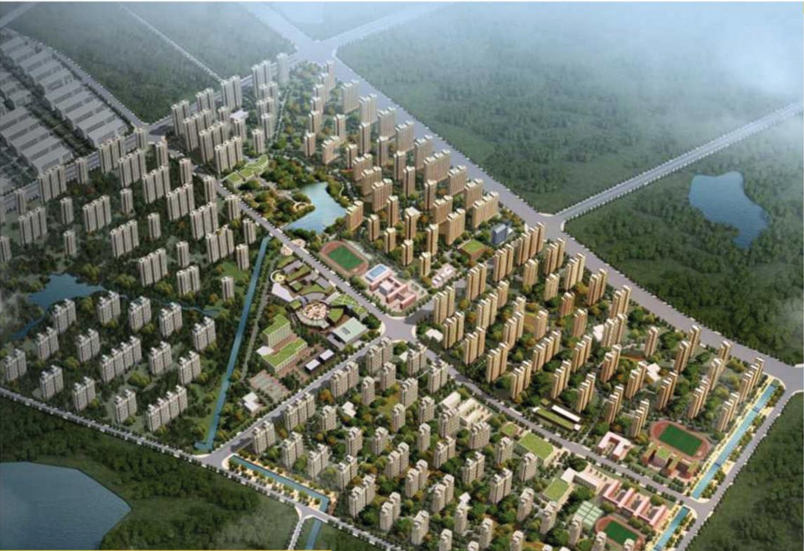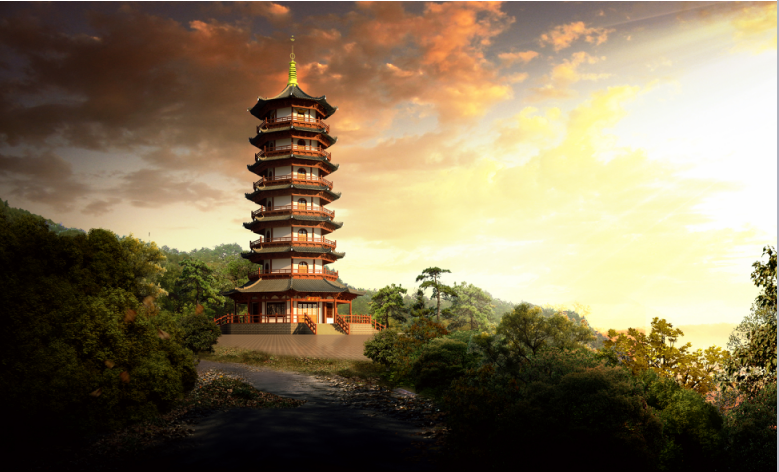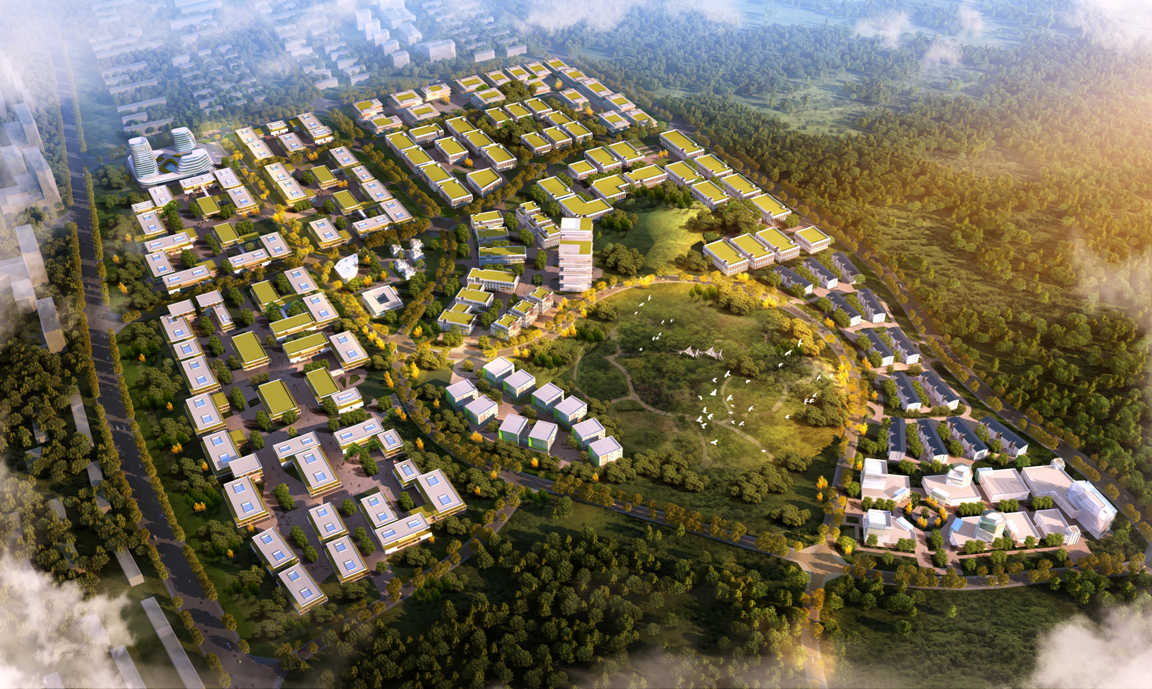MoMA's first Chinese architecture exhibition, showcasing incredible Chinese smart manufact
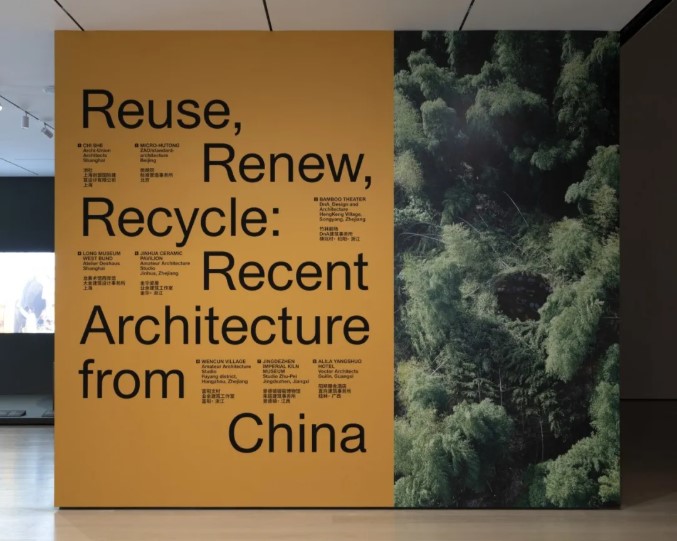
The MoMA Museum of Modern Art in New York will launch the exhibition "Reuse, Renew, Recycle: Recent Architecture from China" (Reuse, Renew, Recycle: Recent Architecture from China) from September 18, 2021 to July 4, 2022. 8 projects from a new generation of architects in China. Participants include Pritzker Architecture Prize winners, amateur architecture studios (Wang Shu, Lu Wenyu), Chuangmeng International (Yuan Feng), Dashe Architects (Liu Yichun, Chen Yifeng) ), DnA Architects (Xu Tiantian), Zhu Pei Architects (Zhu Pei), Zhixiang Architects (Dong Gong) and Aga Khan Award Winner Standard Architects (Zhang Ke).
The topics covered by the exhibition range from the adaptive reuse of old industrial buildings, the recycling of building materials, the reinterpretation of traditional building techniques, and how to use non-interventional architecture to rejuvenate the economy of the countryside or the entire region. Contributions to social and ecological sustainability.
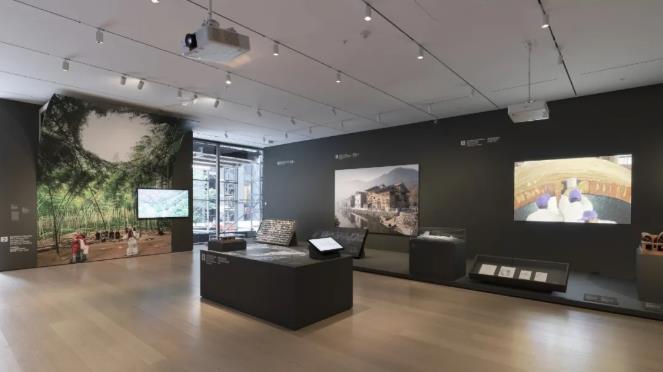
This is the first time that MoMA has launched a China Construction Exhibition. After a four-year research plan, including extensive communication with architects and multiple field visits to all participating projects, this exhibition will present about 160 contemporary Chinese buildings including models, drawings, photos, videos and recent collections. The physical model of the work.
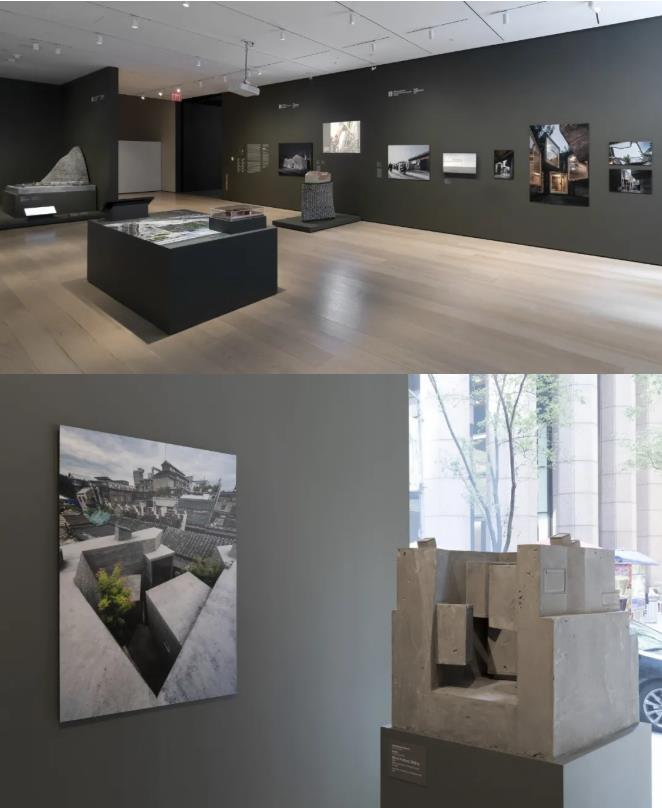
The exhibition is curated by Martino Stierli, chief curator of Philip Johnson Architecture and Design, and Evangelos Kotsioris, curatorial assistant of the Department of Architecture and Design. Professor Li Xiangning of Tongji University in Shanghai serves as the curatorial consultant.
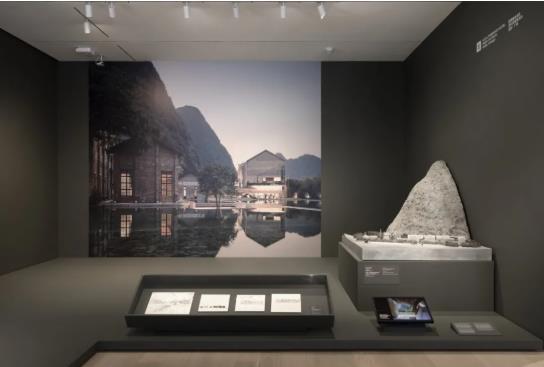
Over the past three decades, China’s unprecedented economic and social transformation has brought about a construction boom, making China the largest construction base in human history. After years of focusing on urban mega-projects and spectacular architectural works mostly designed by Western architects, the young generation of Chinese architects independent of state-owned design institutions began a reflection.
These architects challenged the “whiteboard reconstruction” that completely overthrew China’s urban structure and the daily lives of millions of people. They tended to adopt relatively small-scale interventions to seek beneficial interactions with the existing built environment and established social structures.
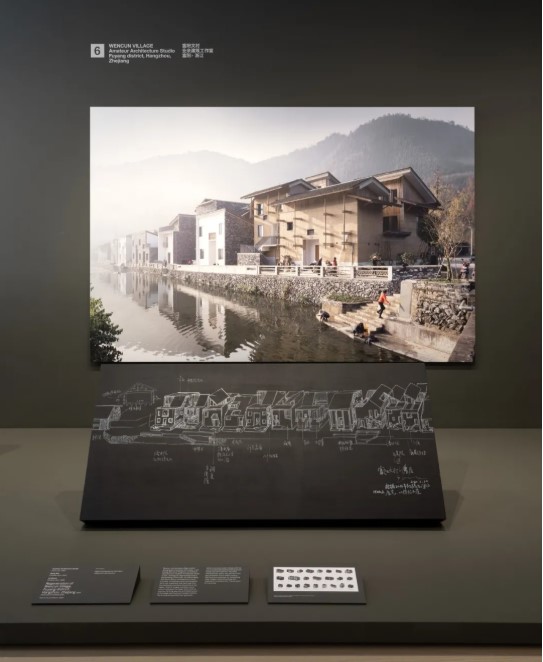
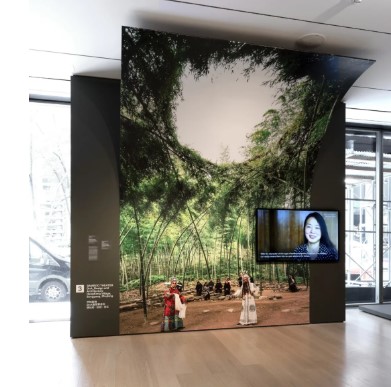
Chinese architects are creating a
Contemporary architectural language unique to China. "
——Li Xiangning
Of the 8 architectural projects exhibited this time, 3 are located in Beijing and Shanghai, two first-tier Chinese cities and international metropolises, and the other 5 are located in second- and third-tier cities and rural areas such as Jingdezhen in Jiangxi, Songyang in Zhejiang, and Yangshuo in Guangxi. . From the city to the countryside, it presents China's new architectural face from different angles.
The exhibition is located in the exhibition hall along the street on the first floor of the Museum of Modern Art in New York. It is organized in 8 chapters and arranged in a circular pattern around the "island" in the center of the exhibition hall. Pedestrians can view the contents of the exhibition through the glass windows along the street. A project map was specially produced and displayed in the exhibition, indicating the specific location of each project in China. Through the guide of the map, the audience can know the geographical environment of the project more accurately.
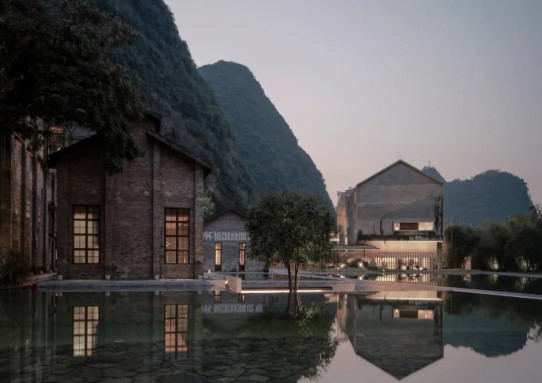
The Alila Sugar Hotel in Yangshuo, located in Guilin, Guangxi, is an industrial facility converted from an abandoned sugar factory in the 1960s. The hotel is located in a col on the bank of the Li River in Yangshuo County, Guangxi Province. This area is one of the most representative areas of karst landforms. The old sugar factory is regarded as a generation of life memories and emotional carriers.
Zhixiang Architects arranged the hotel's standard guest room stairs and villas on the two wings of the old sugar factory, and the texture of the composite facade materials and the logic of the building are consistent with the blue bricks of the old building. At the same time, the volume of the new building was strictly controlled to be lower than that of the old factory building, and the sloped roof form and roof angle of the old sugar factory were used, which in turn allowed the new and old buildings to evolve and change in the same order.
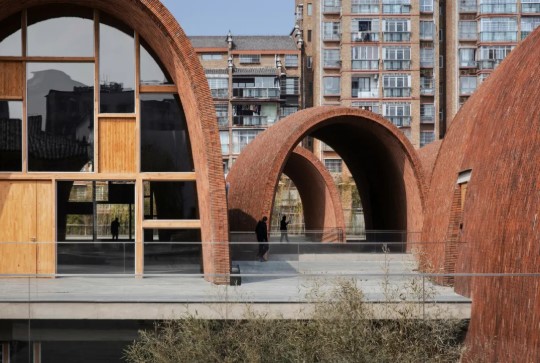
The Imperial Kiln Museum is located in the center of Jingdezhen’s historic district, adjacent to the Ming and Qing imperial kiln ruins. The area is surrounded by buildings of different ages. The rich and diverse urban texture creates an extremely special and heavy location environment.
The Imperial Kiln Museum is composed of eight linear brick arch structures of different sizes and volumes, arranged along the north-south direction, and implanted in the complex area with a humble attitude and appropriate scale. On the one hand, the scale of the arched structure is not only close to the surrounding traditional wood kilns, but also makes a good transition between large-scale factories, residential buildings and traditional houses. At the same time, the representative vault shape of the kiln cleverly wraps the ruins of the imperial kiln into the internal space of the museum.
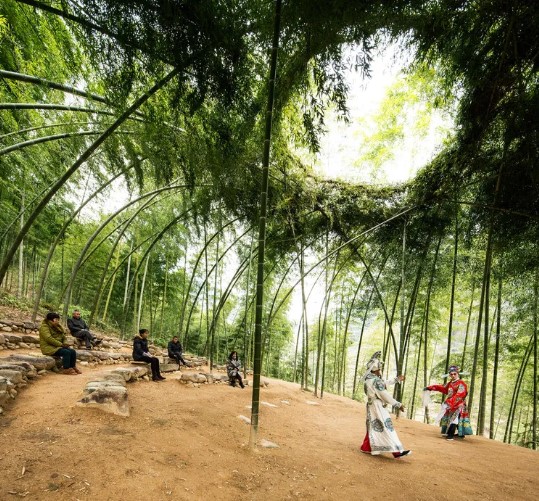
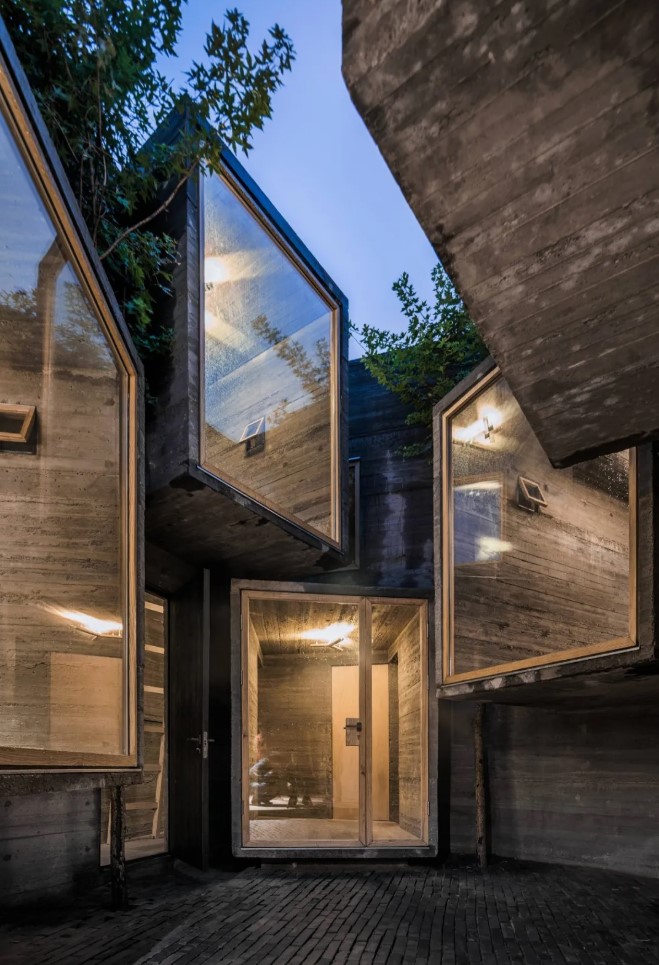
The "Micro Hutong" built by Zhang Ke and Standard Construction Office in the historical and cultural district of Dashilan in Beijing aims to explore the possibility of creating ultra-small social housing for multiple people in the limited space of traditional Hutong. Wei Hutong puts a series of independent space units into a rectangular courtyard of about 30 square meters. The form retains the blue bricks, gray tiles and sloped roofs of Beijing's traditional buildings. It is a children's book located in the Hutong courtyard and serves the community. Pavilion. It uses light steel structure and plywood surface materials to ensure its low-cost construction and can be developed into a feasible model for the renewal and protection of Beijing Hutong.
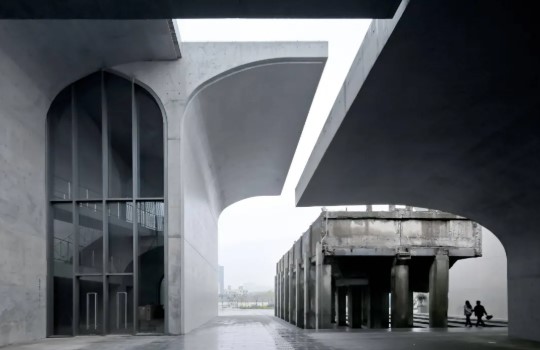
In addition, the exhibition also exhibits the Long Art Museum (West Bund), a representative project of Dashe Architecture, Fuyang Wencun, a project of an amateur architecture studio, and Archi-Union International Architects, which focuses on digital design and intelligent construction methods. Design works Chishe Gallery.
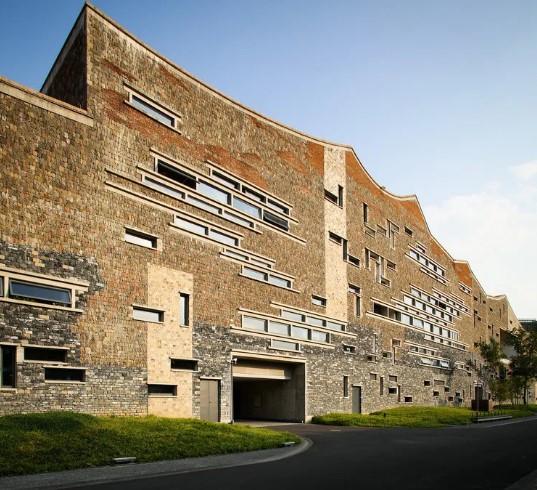
This Chinese architect and architectural project was exhibited at the Museum of Modern Art in New York for the first time. It showed what it means to build in China today, and explored how modern architecture can take root firmly in the country’s unique cultural background, and provide an opportunity for future architecture. Series of new thinking and development possibilities.
